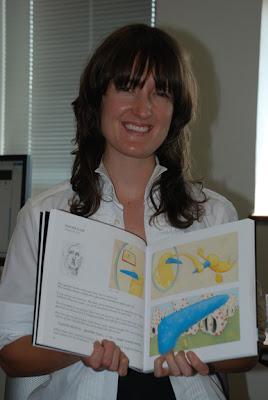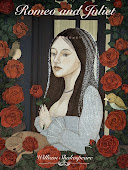
This morning noted artist and SCAD-Atlanta professor
Chin Cheng Hung spent two enlightening and humbling hours with my Pastel Techniques class.
The first hour or so he carefully covered the variety of pastels and papers he uses, and he did so with the student's pocketbooks in mind. He pointed out that there is an appreciable difference in materials between the various brands; some are very rich and buttery in texture, others are harder and less intense. And of course, as with anything else, you get what you pay for. The more expensive materials are generally worth the money because they are made with the very best raw materials. That being said, he showed several portrait pieces that he has done as class demos using the most basic set of NuPastels, an inexpensive "student" grade of pastels; they were incredible, and busted the myth that great work can't be created with "low-end" supplies.
Another point about materials is that papers can make a huge difference in the quality of the finished work. He suggested that, if you have to skimp on pastels, spending a few more dollars on great paper can result in a beautiful piece of art. Brands he showed were Canson Mi-Tientes paper and Sennelier sanded pastel paper (his favorite because of it's ability to grab on to the pastels and not let go). He also uses pre-primed canvas mounted to a stiff surface, and says that this is a beautiful surface for pastels as well.
The work that he brought in was absolutely gorgeous; relatively small-scale (for him) portraits on various kinds of paper, and with mostly inexpensive pastels. Mind you, these were in-class demos, done start-to-finish in one class period, usually less than two hours. His commissioned work and gallery pieces are typically quite large, up to six feet wide. He buys Canson paper in a 55" wide x 11' long roll, and mounts it on a rigid surface to produce his larger pieces. By the way, he typically buys his supplies online, and has found that the holiday season and the start of the school year are usually the best times to catch things on sale; great tip.
All in all, it was a terrific visit, and we all learned a lot and had a great time with Prof. Hung. If any of you SCAD-Atlanta Illustration students get the opportunity to study with him, TAKE IT! Your growth as an artist and technician will be exponential.
Again, many thanks to Professor Hung for taking time out of his (early) morning to blow us all away with his work and his insights. I owe you one.
Rick Lovell




















